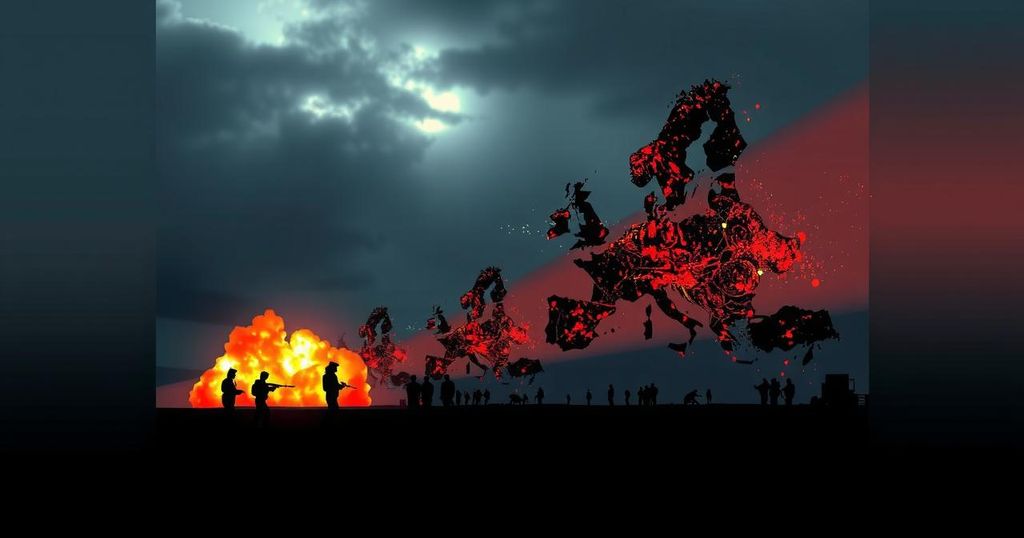In the ever-evolving realm of clean tech, European companies are on edge about the possibility of China dominating the green hydrogen market. To combat this potential threat, they are advocating for European regulations and seeking assistance from Japan.
Picture this: green hydrogen, a remarkable innovation born from the separation of hydrogen atoms from oxygen in water. The breathtaking part? It leaves behind no trace of carbon dioxide. This revolutionary technology has the potential to transform industries like steelmaking and aviation, positioning itself as a key player in the world of clean energy. With Europe’s ambitious goal of achieving net zero emissions by 2050, and both the EU and Japan poised to become major hydrogen importers, it’s no surprise that they are exploring alternative sources to avoid overreliance on China.
So, why the unease about China’s involvement? The roots of this anxiety can be traced back to when European countries had to cut off their supply of Russian gas due to the conflict in Ukraine. This sparked a fervent pursuit of new energy sources, with hydrogen gas emerging as a promising candidate. The fear looms that a disruption in China’s exports could leave European countries in a vulnerable position. To avert this scenario, the EU has been actively seeking partnerships with countries in Africa, the Middle East, and the Indo-Pacific to establish a dependable supply chain.
As the EU and Japan band together to fortify their hydrogen supply, they are forging a united front against China. By setting collective standards and regulations, they aim to level the playing field and shield themselves from Beijing’s influence. In a bold move that ruffled feathers in China, European Energy Commissioner Kadri Simson and Japan’s Minister of Economy, Trade and Industry Ken Saito publicly criticized China’s use of non-market policies that distort industrial subsidies.
The spotlight now shines on electrolyzers, machines that carry out the critical task of splitting hydrogen and oxygen from water. At present, China boasts the production of the most cost-effective electrolyzers, leaving European businesses feeling unsettled. They argue that European-made electrolyzers not only offer superior efficiency but also prioritize safety. Concerns related to security, human rights, and the threat of cyber-attacks on the production process also loom large.
While the enthusiasm for green hydrogen is palpable, European activists caution against overreliance on it as a panacea for the climate crisis. They advocate for its selective application in sectors where direct electrification through renewable sources proves challenging and warn against deceptive “greenwashing” practices. Additional worry stems from the possibility of EU subsidies inadvertently propping up infrastructure that could be exploited by fossil fuel companies.
Surprisingly, some voices within Europe suggest a different path, one that sees potential collaboration with China rather than outright competition. For instance, German Chancellor Olaf Scholz’s visit to a joint German-Chinese venture in China hints at a divergent approach to engaging with China in the green tech sector.
The race for clean energy dominance is igniting, and it’s evident that for Europe, maintaining an edge over China in the green hydrogen race is a top priority. With alliances taking shape and strategic plans being hatched, the continent stands ready to lead the charge in the clean energy revolution.

Leave a Reply